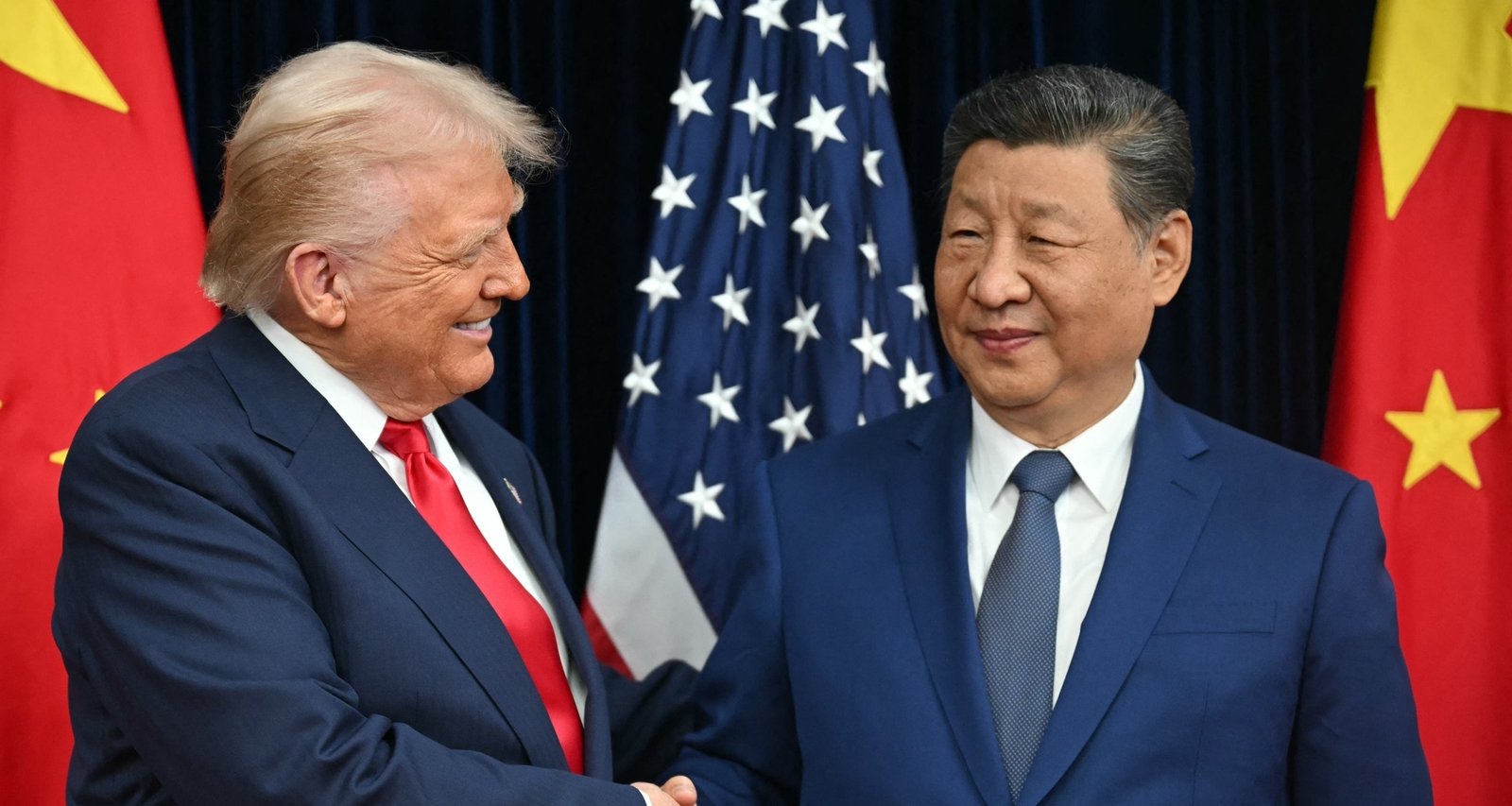The directive places Washington at odds with long-standing international efforts to end explosive testing. The moratorium, while not legally binding, has been a pillar of global non-proliferation norms and underpins the Comprehensive Nuclear-Test-Ban Treaty, which the United States has signed but not ratified.
Trade Truce and Rare Earths on the Agenda
The Busan meeting follows technical negotiations earlier in the week in Malaysia, where Treasury Secretary Scott Bessent said U.S. and Chinese officials drafted a framework to de-escalate a trade dispute that began months ago. Final approval now rests with Trump and Xi.
One pressing issue is China’s plan to broaden export restrictions on key rare earth minerals used in semiconductors, artificial intelligence systems and defense hardware. Beijing’s new rules would require foreign companies to secure Chinese government approval to ship products containing even trace amounts of certain minerals mined in China. According to Bessent, Beijing agreed to delay those restrictions for one year, a concession U.S. officials believe provides limited but valuable time to explore alternative supply chains.
In response to the proposed mineral controls, Trump had threatened to impose additional 100 percent tariffs on Chinese goods. Bessent confirmed that the threat has been withdrawn, though an existing 90-day tariff truce expires on Nov. 10. Even during the cease-fire, duties on many categories of bilateral trade remain in the double digits.
Earlier this year the White House levied 20 percent tariffs on selected Chinese imports, citing Beijing’s insufficient action against the export of precursor chemicals used to manufacture fentanyl. Trump said he is prepared to reduce those fentanyl-related tariffs if Beijing demonstrates progress in curbing the flow of the chemicals.

Imagem: Internet
Agriculture and Technology Deals
Farm policy is also in play. China shifted a sizable portion of its soybean purchases to Argentina during the trade war, pressuring U.S. growers. Industry data indicate that Chinese buyers have recently booked several cargoes from the current U.S. harvest, a move U.S. officials describe as encouraging but not yet decisive for farmers facing long-term market erosion.
The leaders could also finalize an agreement intended to keep the popular video-sharing app TikTok operating in the United States. Under a plan announced last month, a new joint venture would be majority-owned by U.S. investors, with Oracle responsible for overseeing the platform’s algorithm. Bessent said negotiators in Malaysia secured Beijing’s preliminary approval, leaving only the presidential sign-off.
Broader Strategic Questions
Beyond trade, the White House wants Xi to leverage influence over Russian President Vladimir Putin to help end the war in Ukraine and to reduce Chinese purchases of Russian energy. U.S. officials also recognize that Xi may press for changes in Washington’s approach toward Taiwan, the self-governed island Beijing claims as part of its territory. Asked about Taiwan before departing for Busan, Trump said he was unsure whether the topic would arise.
The meeting unfolds against a backdrop of reduced U.S. troop levels in Eastern Europe and congressional debate over tariff policy, underscoring the many interconnected issues shaping U.S.-China relations. Analysts caution that even if the leaders strike temporary truces, structural disputes over technology access, security posture and economic strategy are likely to persist.
As the talks progressed, attention remained fixed on how Trump’s unexpected decision to resume nuclear testing might influence negotiations. The order, which would mark the first U.S. test in more than three decades, adds a significant variable to an already complex relationship between the world’s two largest economies and two of its principal nuclear powers.
Crédito da imagem: Andrew Caballero-Reynolds / AFP via Getty Images; Andrew Harnik / Getty Images; Tyrone Siu / Reuters



